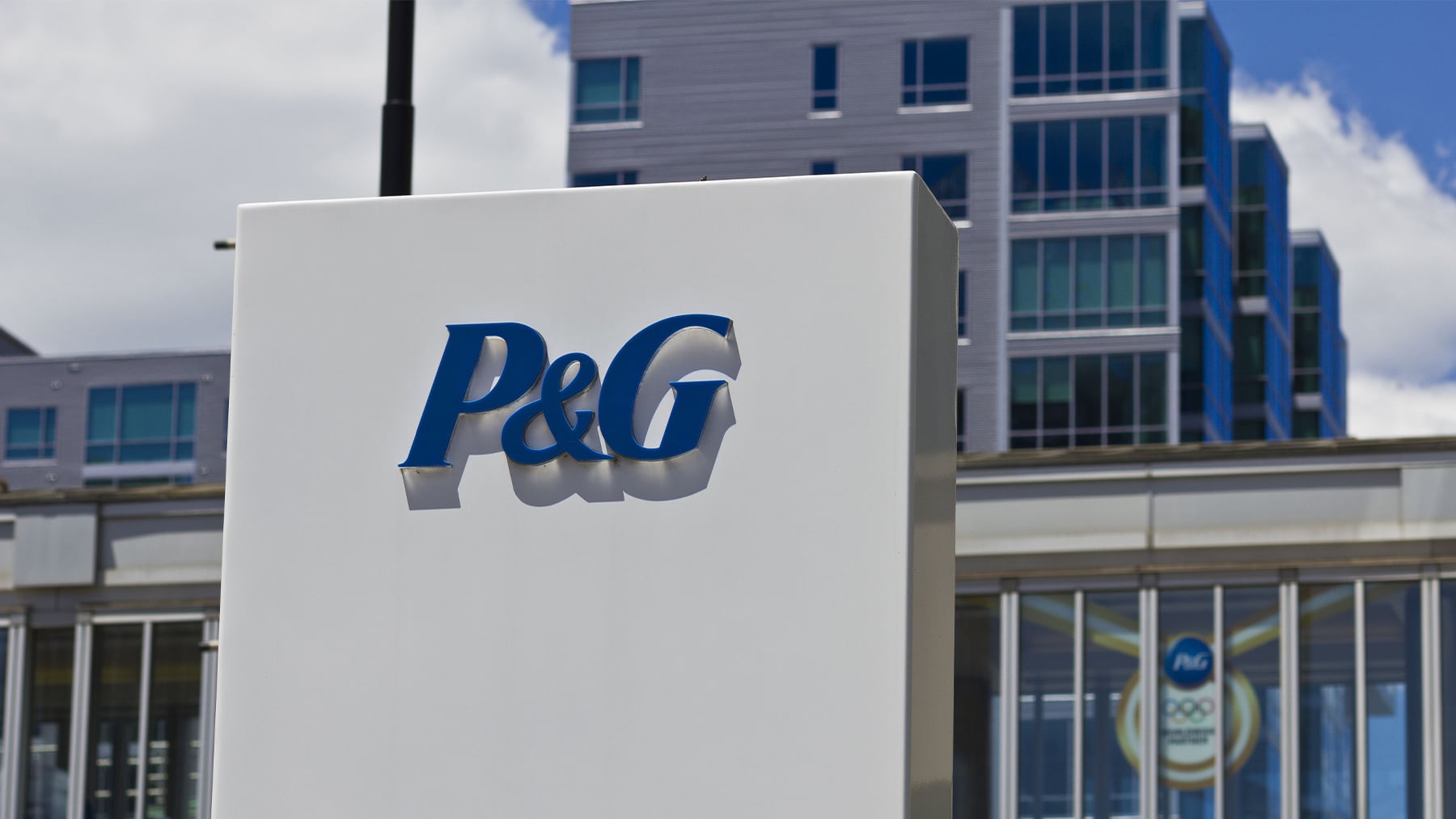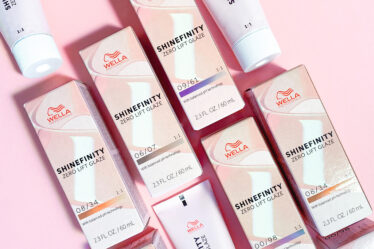
Procter & Gamble posted a surprise drop in fourth-quarter sales, as demand for its Charmin toilet paper and Pampers diapers slowed globally despite efforts to keep prices in check, sending its shares down 5 percent before the bell on Tuesday.
Attempts to raise prices more slowly have not been enough to win back price-conscious customers for not just P&G, but also for its rival Nestle and Unilever as they last week reported first-half sales growth below expectations.
“[There is] a hole in the consumer sector … it is getting more difficult to pass on price increases,” said Don Nesbitt, senior portfolio manager at F/m Investments, which has stake in P&G.
“The consumer is becoming more discerning on their purchases, especially the lower-end consumer.”
After choosing to scale back more price hikes, P&G has been spending heavily to launch new daily-use products like Tide Evo detergent tiles and lower-cost diaper brand Luvs Platinum Protection, trying to woo customers looking for cheaper options.
The company has also been increasing promotions and offering discounts, resulting in lower prices for some of its products, which took a toll on its organic sales at its largest division, fabric and home care.
“P&G’s sales support the theme that you can only push price so far until consumers pushback,” said Brian Jacobsen, chief economist at Annex Wealth Management.
“If they use promotions and discounts to get the attention of consumers, that could help volumes, but that comes at a price.”
P&G reported a 1 percent rise in overall volumes in the fourth quarter, driven by growth in grooming and health care segments. The average prices also rose 1 percent, compared with a 7 percent jump a year ago.
Fourth-quarter net sales slipped to $20.53 billion and missed LSEG expectations of $20.74 billion.
Weak spending in China even for daily-use items and a continued sales hit for its beauty brand SK-II due to consumer boycotts on environmental matters have also been issues of concern for P&G.
Its adjusted profit of $1.40 per share beat estimates of $1.37, mainly due to lower commodity costs. The company said it expects to repurchase $6 billion to $7 billion of common shares in fiscal 2025.
The consumer goods giant expects fiscal 2025 core profit to rise between $6.91 and $7.05 per share, compared with analysts’ expectations of $6.97. It expects annual sales growth in the range of 2 percent to 4 percent, compared with estimates of a 3.04 percent rise.
By Ananya Mariam Rajesh and Jessica DiNapoli; Editing by Arun Koyyur
Learn more:
Procter & Gamble Price Hikes Thin Shoppers’ Wallets
Rising prices of personal care products could quash Americans’ habit of buying big-brand-name items, posing a threat to P&G.



